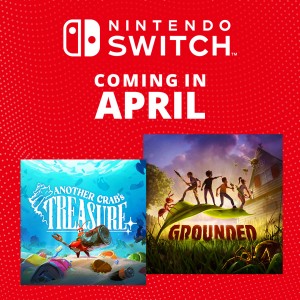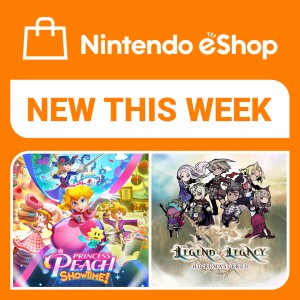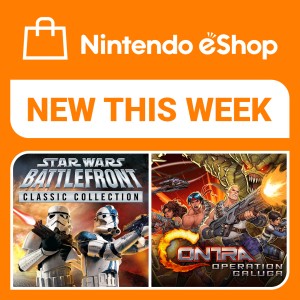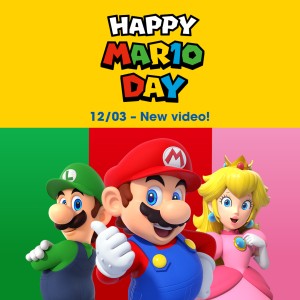Nintendo Classic Mini: NES special interview – Volume 4: The Legend of Zelda
25/11/2016
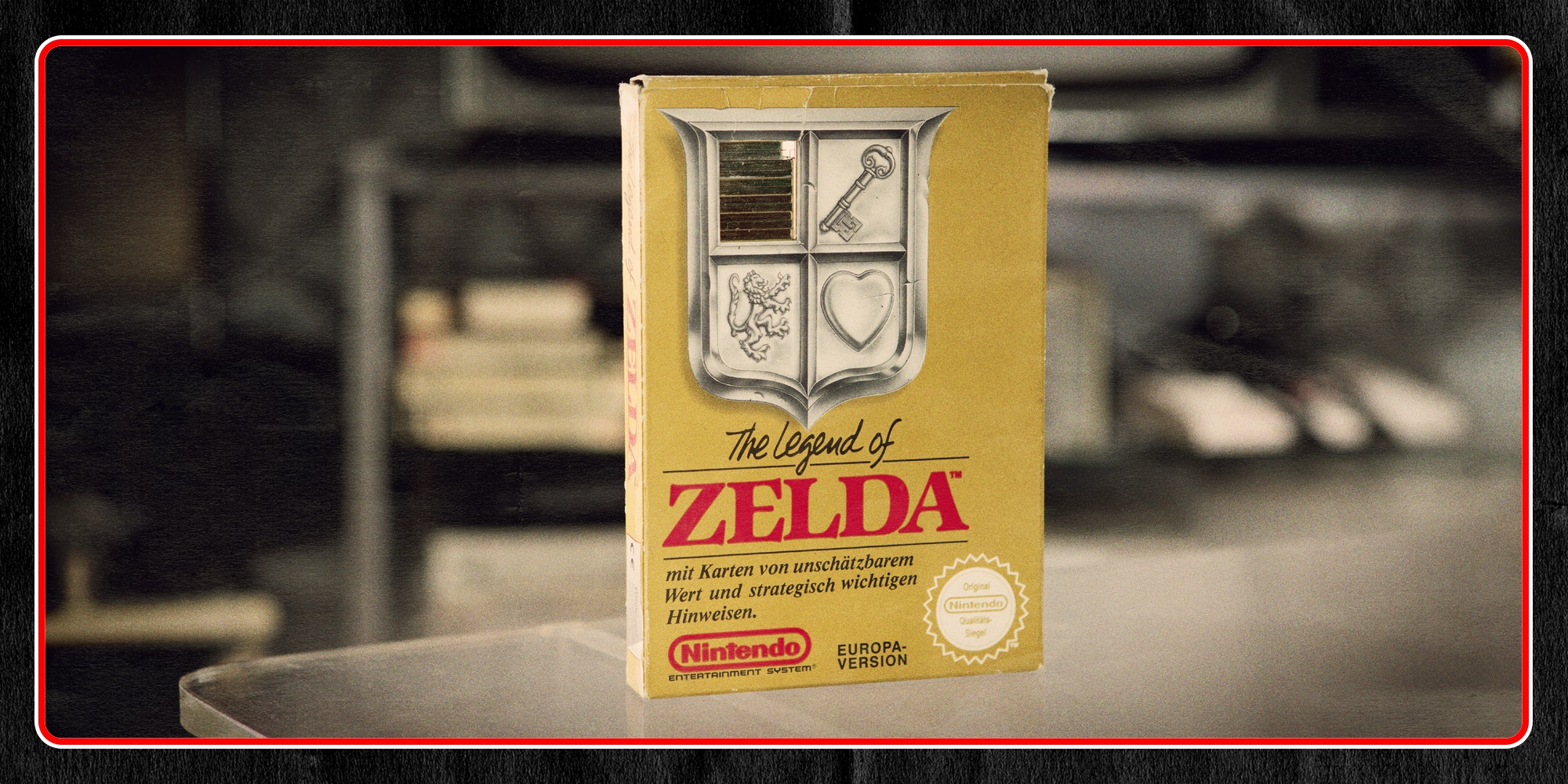


FamiConnichiwa, everyone! I’m Akinori Sao, a writer in Kyoto. This is my fourth interview with video game developers to commemorate the release of the Nintendo Classic Mini: Nintendo Entertainment System. The topic this time is The Legend of Zelda, which is celebrating its 30th anniversary this year.
The Legend of Zelda was a title that released simultaneously with the Family Computer Disk System1 in Japan. Now, fans are focusing their attention on The Legend of Zelda: Breath of the Wild, the upcoming game in the series, which is scheduled for release on Wii U and Nintendo Switch. In this interview, I’ll be talking with Miyamoto-san, Tezuka-san and Kondo-san about how the series originated.
1. Family Computer Disk System: A peripheral product for the Famicom system released in Japan in February 1986. The floppy disks used with the system had greater memory than ROM cartridges, allowing players to save game data. This system was sold only in Japan.
The birth of the Second Quest, which is available for play after finishing the main game, is discussed in detail in the bonus sections of the Iwata Asks article covering The Legend of Zelda: Spirit Tracks.
And now for Miyamoto-san, Tezuka-san and Kondo-san…

Volume 4: The Legend of Zelda
A World of Swords and Sorcery
Sao: Congratulations on 30 years of The Legend of Zelda!
Everyone: Thank you.
Miyamoto: I feel like people say this every year! (laughs wryly)
Sao: Last year was the 30th anniversary of Super Mario Bros. (laughs) To jump right in, why did you decide to make The Legend of Zelda, which came out 30 years ago for the Family Computer Disk System?
Miyamoto: The Indiana Jones2 movies were out around that time.
2. Indiana Jones: A series of adventure movies produced by George Lucas and Steven Spielberg. The first movie, Raiders of the Lost Ark, was released in 1981.
Sao: Adventure films were popular in the ‘80s.
Miyamoto: Right, I wanted to bring that sense of adventure to a video game. And people playing computer RPGs back then were bragging about how strong their swordsmen had become, and were calling each other at night to exchange information. When I noticed that, I thought it was an interesting scene.

Sao: Since it was so absorbing, you wanted to make something similar yourself.
Miyamoto: Yes. So with a world of swords and sorcery as my theme, I decided to make an adventure game based on treasure-hunting, and that was the beginning of The Legend of Zelda.
Sao: Zelda was released five months after Super Mario Bros.3, but development of The Legend of Zelda began first.
3. Super Mario Bros.: A platform game released for the NES in Japan in September 1985, and in Europe in May 1987.
Miyamoto: That’s right. First, we started making The Legend of Zelda, and then we started Super Mario Bros. The Legend of Zelda was for the Family Computer Disk System, so we decided to finish up Super Mario Bros. first. (to Tezuka-san) Isn’t that right?
Tezuka: Yes. We have documentation showing how we worked simultaneously on the two games. Kondo-san brought an official request for work.

Kondo: This request was for sound direction for The Legend of Zelda. It bears a seal with Tezuka-san’s name, and the date is September 27th.
Sao: Super Mario Bros. came out on September 13th, so this request is from two weeks later. (looking at the request) It has rough depictions of visual content, so development must have been well underway at this point.
Miyamoto: Yes. It’s a proper request for work.
Tezuka: But if you read it, it’s pretty rough.
Sao: It is? (laughs)
Tezuka: For cave music, it just says “short BGM”.

Sao: “Life Fountains” must mean the Fairy Fountains.
Tezuka: Yes.
Sao: It just says, “fanfare, sparkly”. (laughs) Kondo-san, when you received this request, I suppose you thought, “What kind of music am I supposed to make?!”
Kondo: Yeah. (laughs)
Tezuka: (looking at the request) Interesting…how could he make anything based on this?
Sao: But you’re the one who wrote it!
Everyone: (laughs)
Pulling an All-Nighter for the Opening Song
Sao: After receiving the request from Tezuka-san, did composing the music progress smoothly?
Kondo: I knew I needed completely different music since Super Mario Bros. is a completely different world, so I wasn’t sure what to do. And The Legend of Zelda has an opening crawl, so I wondered about what should play during that, too. Tezuka-san’s written request simply says “title music”. (laughs)

Tezuka: (laughs)
Kondo: For quite a while, it just played Ravel’s Boléro. It really matched the opening crawl!
Sao: You used an already existing song?
Kondo: Yes. Classical.
Sao: And just played it as is?
Miyamoto: You rearranged it for the NES, right?
Kondo: Right. But immediately before finishing The Legend of Zelda, we learned it was still under copyright.
Tezuka: Uh-huh. (laughs)
Miyamoto: Oh, I remember that! (laughs) The copyright incident!
Sao: The copyright incident? (laughs)
Miyamoto: In Japan, music usually enters the public domain 50 years after the passing of the composer.
Sao: Uh-huh…
Miyamoto: And Maurice Ravel, who wrote the music we were using for the opening crawl, lived a long time ago, so we thought we were safe. But we looked it up just to be safe and found out it had been something like 49 years and 11 months since Ravel’s passing and the copyright would run out in a month. But we didn’t think we could wait that long. (laughs)
Sao: Because the game was practically done. (laughs)
Miyamoto: And we couldn’t delay the release of the Family Computer Disk System.
Kondo: So I pulled an all-nighter to compose the opening song.
Sao: You must have really been in a tight spot.
Kondo: Yeah. But it’s just an arrangement of music used in the game.
Miyamoto: He reworked it to sound more like an intro.
Sao: Still, that’s impressive work for one night!
Kondo: I was desperate. It was really down to the wire.
Miyamoto: The Legend of Zelda was nearly complete. Perhaps that incident is why I really like that opening song. It’s sort of like music in a spaghetti western film.
Sao: Yes, it is. There’s an air of melancholy there at the beginning.
Miyamoto: The essence of that type of tune is concentrated in the opening song and, above all, it suggests courage. So I think it’s the perfect song to play when you set out on an adventure.
Sao: So it’s a good thing that Kondo-san spent all night composing it.
Kondo: For sure! (laughs)
“Please Look Up the Manual for Details”
Sao: The opening crawl shows various treasures and items, and then at the end you see Link holding up a sign that says “Please look up the manual for details”.
Miyamoto: Uh-huh.
Sao: Those who play The Legend of Zelda for the first time on the Classic Mini NES may wonder what that means. Would you explain?
Miyamoto: We put in that message because the game included a manual, a sort of booklet. However, some people would use a Famicom Disk Writer Kiosk4 at game shops to overwrite their games, and we felt they would want some sort of proof that they purchased the game.
4. Famicom Disk Writer Kiosk: A device in Japanese game shops for overwriting game data. For 500 yen, players could write a new game to a Disk Card.
Sao: They would be happy to get something tangible instead of just overwriting the data on a disk.
Miyamoto: So we decided to make a booklet with gameplay instructions, story elements to serve as hints, and strategic methods for solving puzzles. We wanted players to read it, so we put in that message saying “Please look up the manual for details”.
Sao: That booklet is pretty well made.
Miyamoto: Yes. One function of that booklet was to reinforce the feeling of the game’s epic setting. Back then, it was mainly package illustrations and arcade game cabinets that conveyed the game’s atmosphere, but with the Family Computer Disk System, we used booklets.
Sao: I see.
Miyamoto: Additionally, a lot of people would be playing an adventure game of that sort for the first time, so the booklet would also serve to provide instructions.
Sao: And that booklet, just as it was back then, is included with the Classic Mini NES, in a way.
Miyamoto: Yes. On the system’s HOME Menu, you can display a QR Code, which you can read with a smartphone or similar device to view the booklet digitally. And that’s not just for The Legend of Zelda. You can also get the original manual for Super Mario Bros. and all of the other included games.
QR Code is a registered trademark of DENSO WAVE INCORPORATED.
“It’s a Secret to Everybody.”
Sao: The Family Computer Disk System was never released overseas, so The Legend of Zelda came out on a cartridge outside Japan. What about the booklet?
Miyamoto: Maps were included overseas. The maps included various hints, but to be honest, I thought it would be more enjoyable to play the game without any help.
Sao: It’s no fun if you know the solutions to puzzles ahead of time.
Miyamoto: So we sealed the map, with a message reading, “You should only use the map and strategic tips as a last resort.”
Sao: Oh, I like that!
Miyamoto: But everyone breaks the seal. (laughs)

Sao: I like that message, but the message “It’s a secret to everybody” that appears in the game is also great. Who thought of that?
Miyamoto: I fancied myself a copywriter when I wrote that. (laughs) I wondered how I could express the right sentiment in just a few words. I thought maybe I could write marketing copy!
Everyone: (laughs)
Sao: That message appeals to the child inside. Moblins are supposed to be your enemies, but some hand over a bunch of Rupees and say, “It’s a secret to everybody.”
Miyamoto: That phrase has several meanings. It’s a secret to be kept from friends and family that you can get Rupees there. But for an enemy like a Moblin to bless you with Rupees means he has betrayed his comrades, so it’s a secret to keep from them as well.
Sao: I see. By the way, does the name of the currency come from the Indian rupee?
Miyamoto: I didn’t really have India in mind when I named it. It’s just a cute sound, don’t you think?
Sao: Yes, it is. (laughs)
Miyamoto: I can see why people think of Indian rupees, but they’re also like rubies.
Sao: Ah, yes. They sound similar.
Miyamoto: Rather than the Indian rupee, they’re more like ruby gems.
The Hyrule Fantasy
Sao: The Japanese packaging had “The Hyrule Fantasy” as a subtitle in the logo. Why did you include that?
Miyamoto: The game features a world of swords and sorcery, and you adventure across this spectacular land called Hyrule, so it seemed appropriate. When throwing out all sorts of ideas for names and assigning them to enemies and so forth, we thought Hyrule sounded perfect for the name of a region. I think that’s why we did that. (to Tezuka-san) Is that right?
Tezuka: Yes. We also hoped that The Legend of Zelda would continue as a series, so we intended to call that series The Hyrule Fantasy.

Sao: Then why was it only on the original game?
Miyamoto: I don’t know.
Tezuka: I’ve forgotten. (laughs)
Miyamoto: Wasn’t “The Hyrule Fantasy” on Zelda II: The Adventure of Link?5
5. Zelda II: The Adventure of Link: An action-adventure game released for NES. Originally released for the Family Computer Disk System in Japan in January 1987, and for NES in Europe in September 1988.
Sao: No, it wasn’t.
Miyamoto: Hmm…The Legend of Zelda: A Link to the Past6, which was for the Super Nintendo Entertainment System7, already had a subtitle, so maybe we thought that tacking on “The Hyrule Fantasy” would make the title too long.
6. The Legend of Zelda: A Link to the Past: An action-adventure game released for the Super Nintendo Entertainment System. Originally released in Japan in November 1991, and in Europe in September 1992.
7. Super Nintendo Entertainment System: the successor to the NES, featuring 16-bit graphics. Originally released in Japan in November 1990 as Super Famicom, and in Europe as Super Nintendo Entertainment System in 1992.
Sao: And Final Fantasy8 had come out, so I suppose that was another reason it was iffy to use?
8. FINAL FANTASY®: A role-playing game released by Square (now SQUARE ENIX) for the NES. Originally released in Japan in December 1987. The NES version was never released in Europe.
Miyamoto: Oh, right! It’s a bit like Final Fantasy! That may indeed have been another reason. We might’ve looked like copycats! (laughs)
Everyone: (laughs)
Sao: But actually, “The Hyrule Fantasy” came first.
Miyamoto: Yes. The Legend of Zelda came out much earlier. And it came out overseas without that label, so we thought that “The Legend of Zelda” would be good enough.
Competition, Basis and Magic Box
Sao: Last, I’d like to ask about the NES. Miyamoto-san, what did the NES mean to you?
Miyamoto: Competition.
Sao: As in various people competing through products?
Miyamoto: Yes. I’ve been in the design world since my student days, so I’m extremely aware of how important it is in competition to put forth the best possible performance within certain conditions. In that sense, the NES was competitive hardware.

Sao: You have to make games as fun as possible within certain conditions and constraints.
Miyamoto: When it comes to thinking up ideas, I think the NES represents the ultimate form of competition.
Sao: And with the NES’ limited memory, the constraints were considerable.
Miyamoto: Also, whereas you had to pay 100 yen to play games in video arcades, people would use the NES to play for long periods of time at home. That’s why I was intent on making Baseball9. For example, in a video arcade, you would have to put in 100 yen for each inning.
9. Baseball: A sports game released for the NES. Originally released in Japan in December 1983, and in Europe in September 1986. (Please note: this game is not included with the Classic Mini NES)
Sao: Uh-huh. (laughs)
Miyamoto: But with the NES you could play a full nine innings with no time limit. We also included two controllers for playing Baseball and Mario Bros.10
10. Mario Bros.: A platform game released in arcades and for the NES. Originally released in Japan in September 1983, and in Europe in 1986.
Sao: By the way, in what capacity did you participate in the development of Baseball?
Miyamoto: I wasn’t the director, but I was what we would today call a game designer. I created the athletes’ poses, made them move naturally, and so forth.
Sao: Then you were deeply involved.
Miyamoto: Yes. Because I loved baseball! (laughs)
Sao: (laughs) What is the NES for you, Kondo-san?
Kondo: It’s a kind of basis. I’ve always worked in video game music, and I think that’s thanks to the NES.
Sao: For you, it’s the origin of video game sound design.
Kondo: Yes. In the days of the NES, I learned how to compose video game music and about the importance of sound effects. Then, along with the development of hardware, the sounds improved in quality and we were able to use a greater variety of sounds, but when it comes to the essence of composing game music, the crucial elements haven’t changed at all. In that respect as well, I owe it to the NES that I’m able to write all kinds of music today.

Sao: How about you, Tezuka-san?
Tezuka: I think of the NES as a magic box. It’s a single device, but by changing cartridges, you can play something different.
Sao: Yes, it is quite magical.
Tezuka: Different software provides different experiences.
Sao: And the Classic Mini NES contains 30 games, so the experiences are quite varied.
Tezuka: It’s so small, but the Classic Mini NES is another magic box.
Miyamoto: And it has a charming appeal that’s almost toy-like.
Tezuka: Yes. Some toys can be found in every household. You take them out on certain occasions, like Othello or playing cards.
Miyamoto: Or chess or matching games.
Kondo: And the Japanese card game hanafuda!
Miyamoto: Yes, yes! (laughs)
Tezuka: I would love it if people add the Classic Mini NES to other standard games, like certain medicines that any household would keep on hand.

Please look forward to Volume 5 of this interview series, which will be all about the NES classic Metroid!
Nintendo Classic Mini: Nintendo Entertainment System is out now. Please check with your local retailer for information on current availability.


